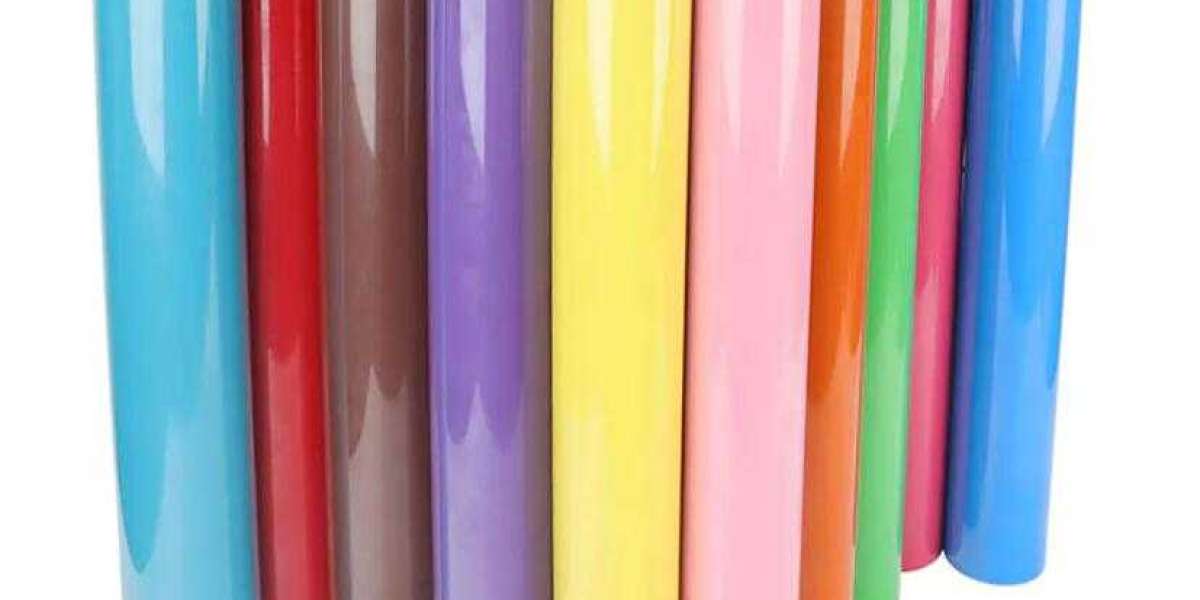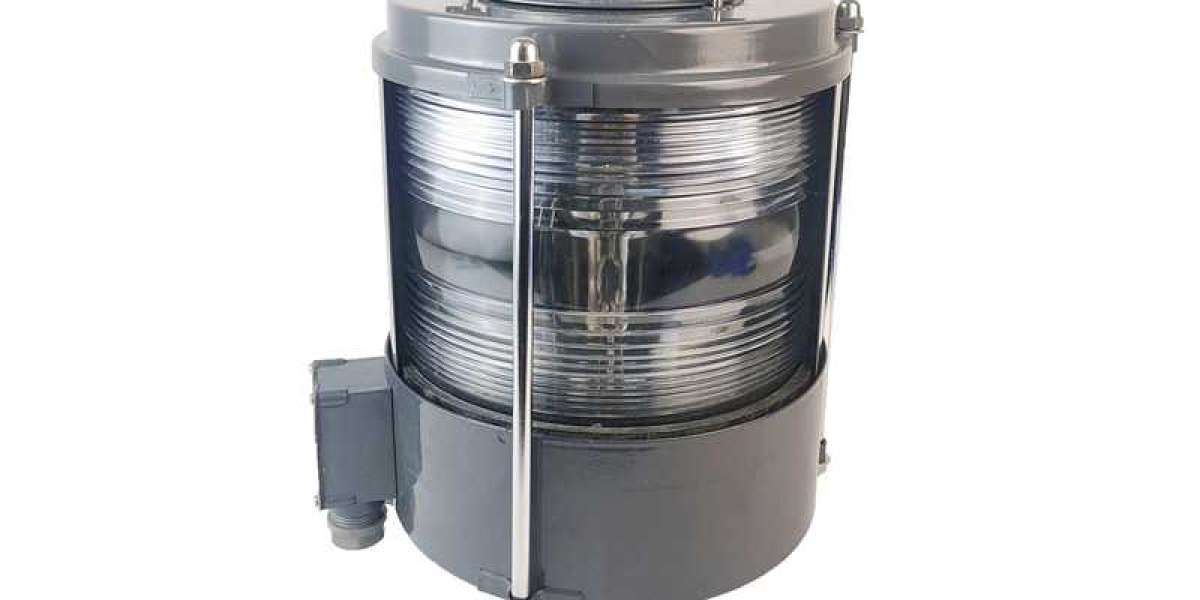PVC Heat Transfer Vinyl is designed to withstand heat, which is a crucial factor in the transfer process. Different types of vinyl have varying heat tolerance levels, and it's essential to follow the manufacturer's guidelines for temperature and application. Generally, PVC HTV requires a specific temperature range for successful application, typically between 300°F to 320°F (149°C to 160°C). Consistency in heat application is key to achieving professional and durable results.
PVC Heat Transfer Vinyl is compatible with a wide range of fabrics, making it a versatile choice for various projects. It adheres well to cotton, polyester, blends, and even some heat-sensitive fabrics when applied with care. Understanding the compatibility of PVC HTV with different fabrics allows users to unleash their creativity and personalize a variety of clothing items, from T-shirts and hoodies to bags and hats.
The cutability of PVC HTV refers to how well it can be cut into intricate designs using a cutting machine. Premium-quality vinyl is designed for precise cutting, allowing for intricate and detailed designs without losing the integrity of the material. Weldability is the ease with which excess vinyl can be removed, leaving behind the desired design. PVC Heat Transfer Vinyl with excellent weldability simplifies the process of preparing the design for transfer.








